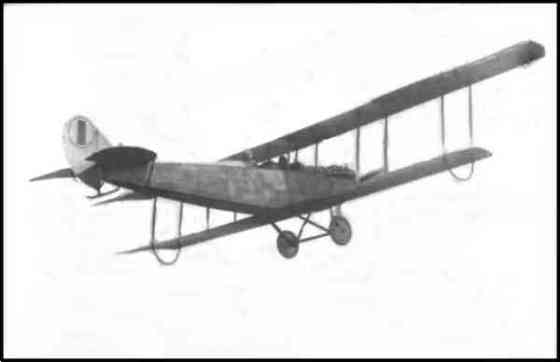JENNY, NO. 1, 1920

No. 1 was my machine.
this just happened to be the one flying it the day this picture was taken.
Notice, student is in the front seat.
| WALTER LEES AND HIS JENNY, NO. 1, 1920 |
||

|
||
| On the back of the photo was written, somewhat illegibly: No. 1 was my machine. this just happened to be the one flying it the day this picture was taken. Notice, student is in the front seat. |
The Curtiss "Jenny" America's most famous World War I airplane, was developed by combining the best features of the Curtiss "J" and "N" models.A 1915 version, the JN-3, was used in 1916 during Pershing's Punitive Expedition into Mexico. Its poor performance, however, made it unsuited for field operations. The JN-3 was modified in 1916 to improve its performance and redesignated the JN-4. With America's entry into World War I on April 6, 1917, the Signal Corps began ordering large quantities of JN-4s, and by the time production was terminated after the Armistice, more than 6,000 had been delivered, the majority of them JN-4D. The Jenny was generally used for primary flight training, but some were equipped with machine guns and bomb racks for advanced training. After World War I, hundreds were sold on the civilian market. The airplane soon became the mainstay of the "Barnstormer" of the 1920s, and some Jennies were still being flown in the 1930s. The JN-4D now on display was obtained from Mr. Robert Pfeil of Taylor, Texas in 1956. SPECIFICATIONS Span: 43 ft. 7 in. Length: 27 ft. 4 in. Height: 9 ft. 10 in. Weight: 1,430 lbs. Armament: Usually none Engine: Curtiss OX-5 of 90 hp. Cost: $5,465
PERFORMANCE
Gallery 5 

|